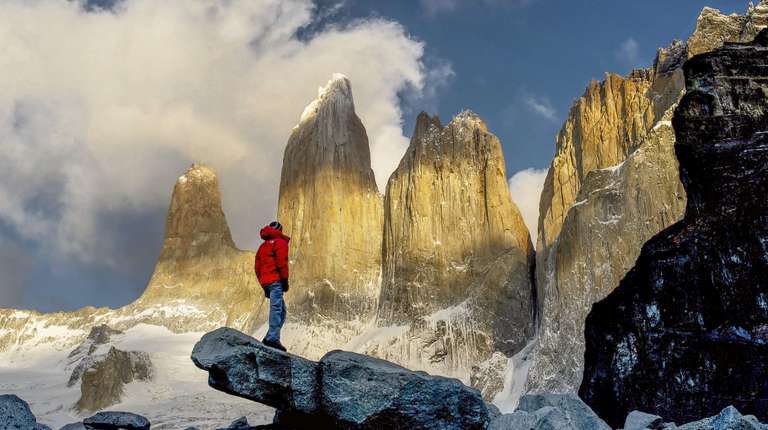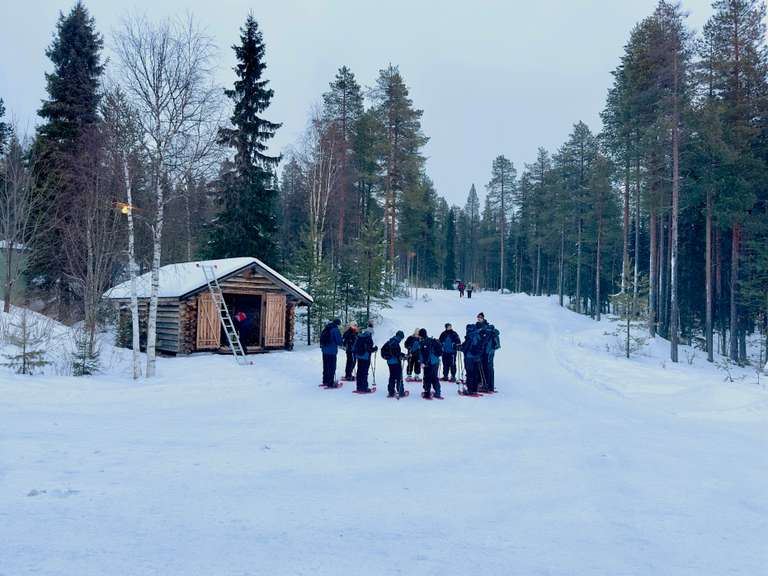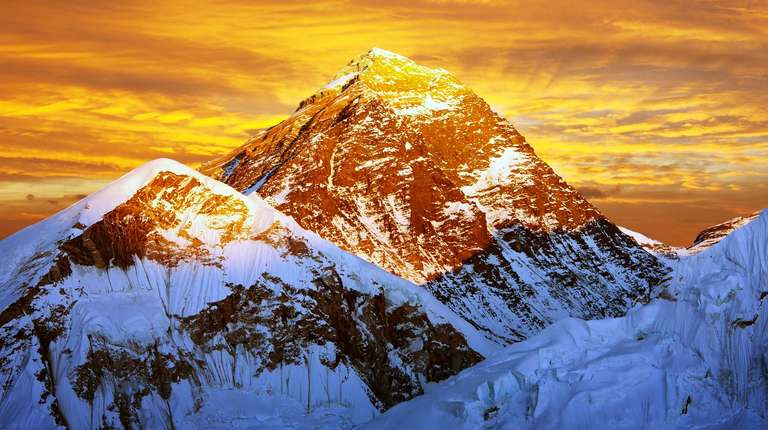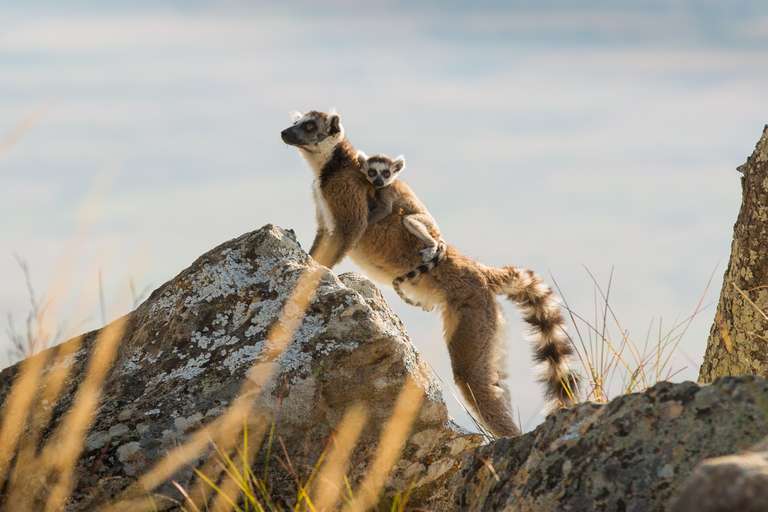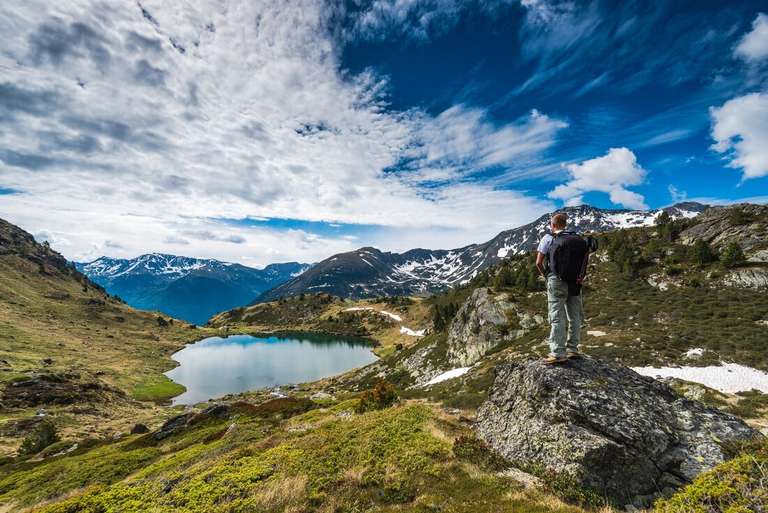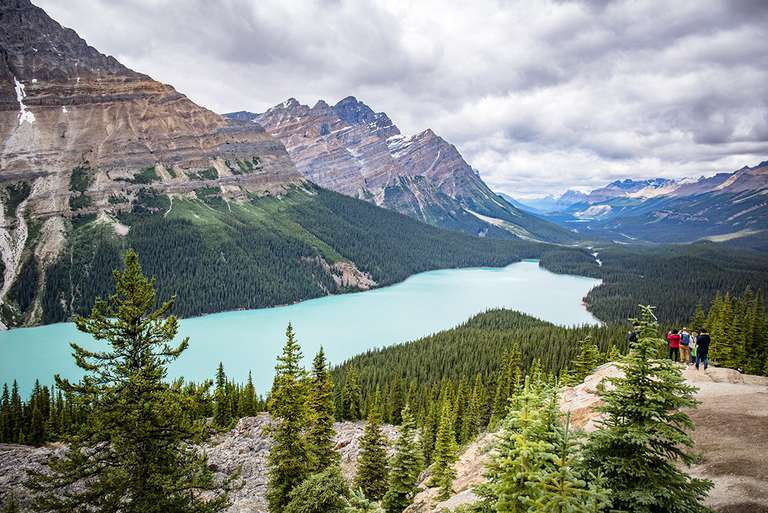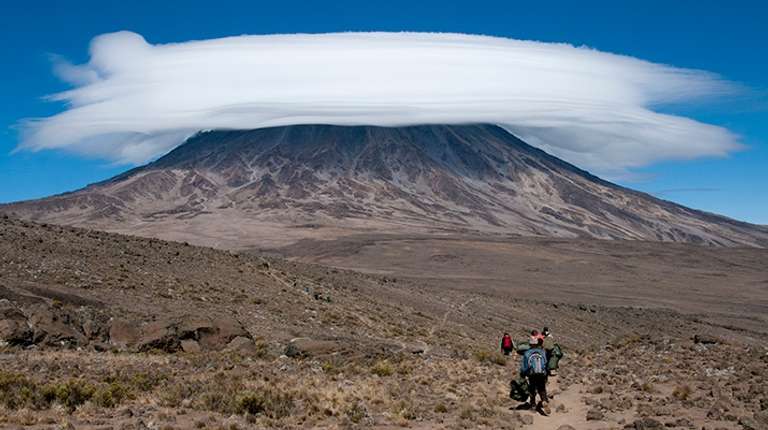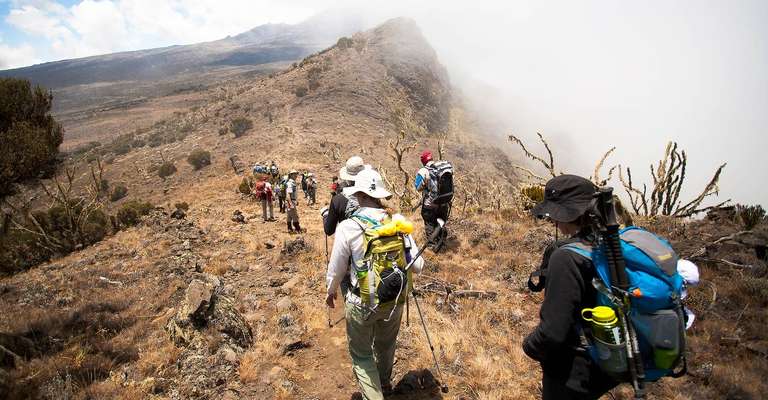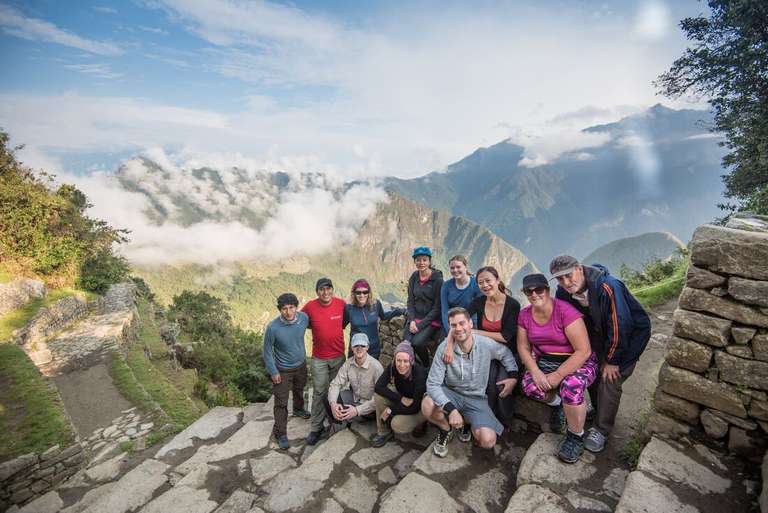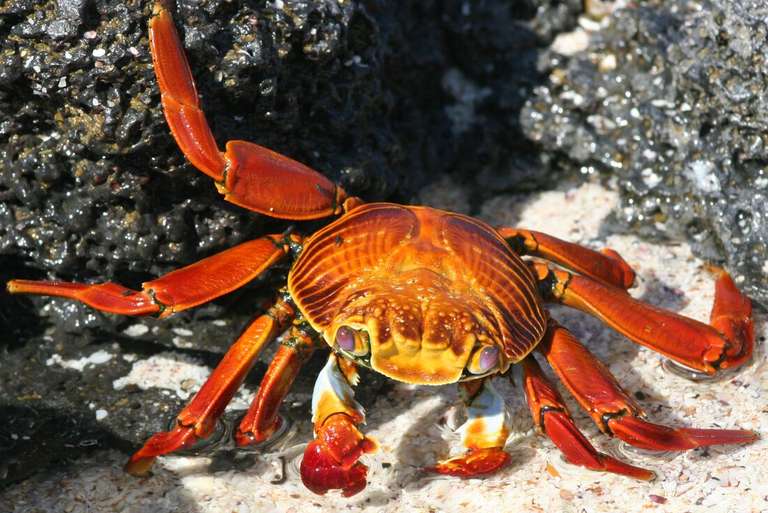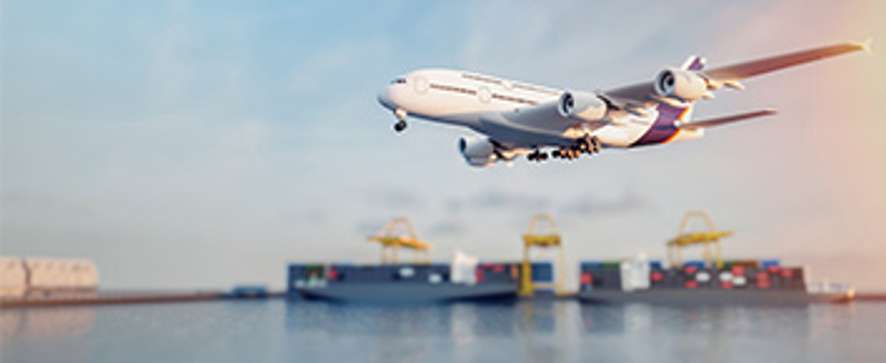Trekking Seasons in Nepal

- Steve Brooks
- From USA
- Steve Brooks
- From USA
- Victor Thompson
- From USA
- Tomek
- From Poland
1. Spring Trekking Season – Mar to May

While October to November is categorized as Nepal’s high season spring is by all means a great trekking season as well. As opposed to fall the spring trekking weather will be warmer and more comfortable at higher altitudes. Also, some treks will during April-May present you with lots of beautiful Rhododendron forests in full blossom. Due to the warmer weather spring is also high season for climbers attempting one or more of Nepal’s eight +8,000m mountains.
- Average daily temperature, at 1,400 m, Mar: 24 degrees; May: 28 degrees
- Average nightly temperature, at 1,400 m, Mar: 8 degrees; May: 16 degrees
2. Summer Trekking Season – end June – mid Sept

While trekking is still possible this is the worst season due to the monsoon hitting Nepal at the beginning of July and lasting for approx. two months. During monsoon it is wet and hot. Rain falls almost every day, but for a limited number of hours. It is still possible to do trekking in Nepal, but the conditions are simply worse compared with Spring and Fall. During Monsoon season the Upper Mustang trek and the Manaslu trek are better than other trek tours in Nepal, as they are located in the Trans Himalayan Zone, which receives less rain.
- Average daily temperature, at 1,400 m, Jun: 28 degrees; Sept: 27 degrees
- Average nightly temperature, at 1,400 m, Jun: 19 degrees; May: 18 degrees
3. Fall Trekking Season – mid Sept – end Nov

This is known as the best trekking season in Nepal. The monsoon has cleared the atmosphere and the weather is stable, normally giving quite a number of days with a clear blue sky. While September can be rather warm and normally snow free below 4,000 m the weather will be much colder in December. Being Nepal’s ‘high season’ you can expect quite a number of trekkers.
- Average daily temperature, at 1,400 m, Sept: 27 degrees; Nov: 19 degrees
- Average nightly temperature, at 1,400 m, Sept: 18 degrees; Nov: 3 degrees
4. Winter Trekking Season – end Nov – mid Feb

While the weather is indeed likely to provide quite some blue sky and sun, it is rather cold, especially as you reach higher altitudes. Trekking is without a doubt possible, however, warm clothes is required, and trekking passes in higher altitudes may be blocked by snow.
- Average daily temperature, at 1,400 m, Dec: 19 degrees; Feb: 20 degrees
- Average nightly temperature, at 1,400 m, Dec: 3 degrees; Feb: 4 degrees
More information:
Best time to trek to Everest Base Camp
How long does Everest Base Camp trek take
How to get to Everest Base Camp
Trekking in Nepal Guide

